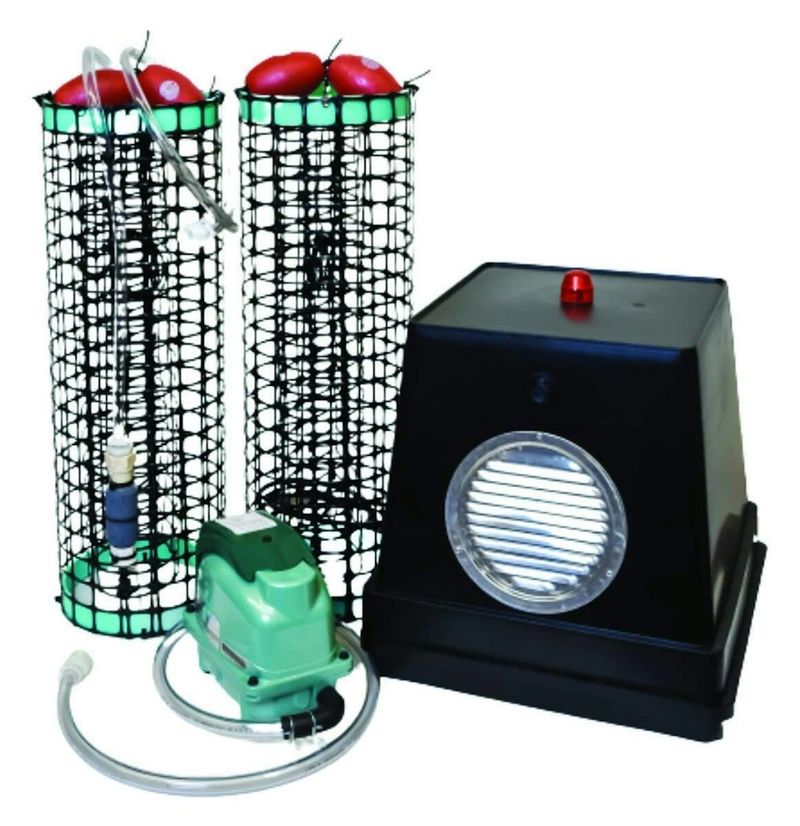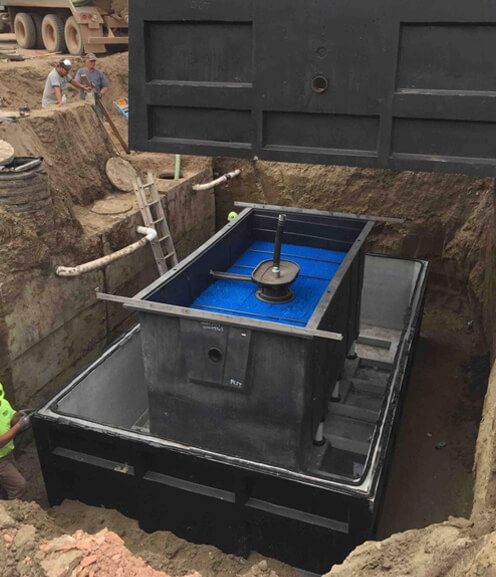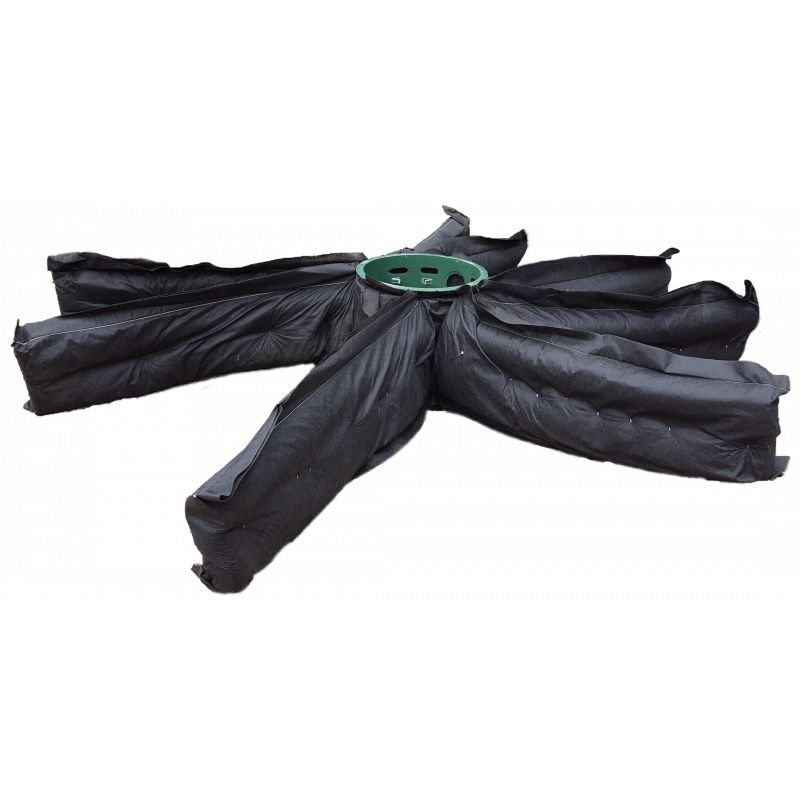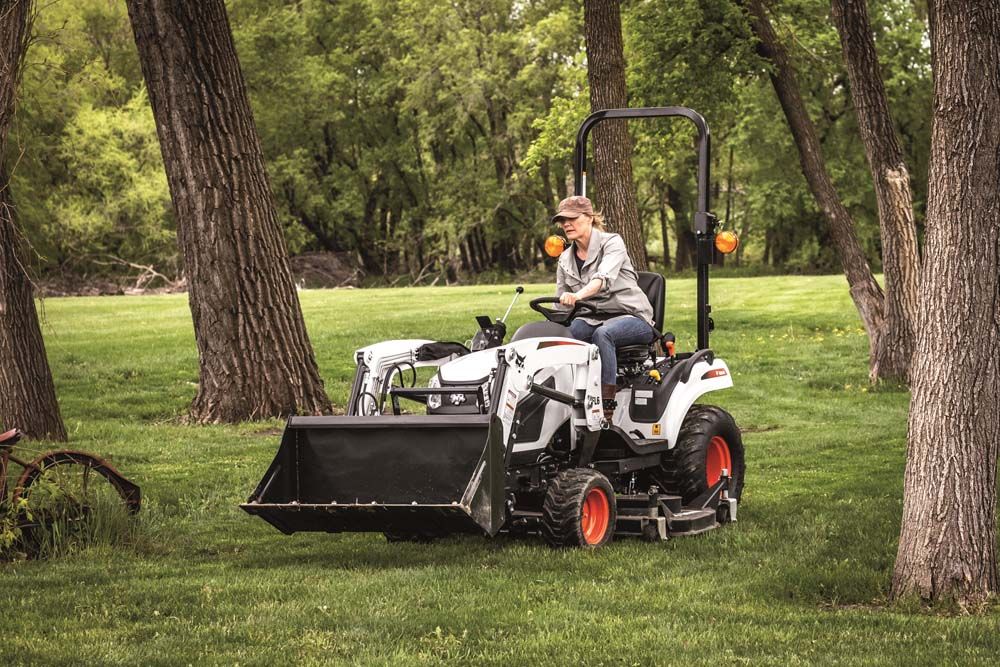Which Septic Solution Is Right for Your Property?
Smarter, Simpler Systems for Clean, Efficient Wastewater Treatment


Engineered Solutions With Local Impact
As rural homeowners face aging infrastructure, changing environmental regulations and the need for more efficient systems, a new generation of advanced onsite wastewater technologies is stepping in. From nitrogen-reducing systems to modular, passive designs that operate without electricity, these solutions are built for performance, sustainability and ease of installation.
The following systems highlight recent innovations designed to improve effluent quality, extend the life of drainfields and meet the needs of acreage properties across a range of site conditions.
BioMaze System

The BioMaze system by RioVation is a retrofit wastewater treatment solution designed to upgrade existing septic tanks. Using the company’s Suspended Biofilm Generator, or SBG, technology, the system enhances the breakdown of organic matter and improves effluent quality. It is designed to help restore failing drainfields without excavation by creating an environment that supports the growth of beneficial bacteria. This biological process reduces solids and odors within the tank, improving overall system performance.
The BioMaze system is compatible with most standard residential and commercial septic tanks, making it suitable for a variety of installations. Its in-tank configuration allows for easy retrofitting without major site disruption. The design does not require chemicals or moving parts, supporting low-maintenance operation.
By improving the treatment process inside the tank, the system reduces strain on the drainfield, which can extend the life of existing septic systems and improve environmental outcomes in areas with aging infrastructure.
Ecoflo Linear Biofilter

The Ecoflo Linear Biofilter from Premier Tech Water and Environment is a National Sanitation Foundation (NSF)-certified onsite wastewater treatment system designed to minimize environmental impact. It uses a renewable coco filter media derived from coconut husks, which provides effective filtration and nutrient reduction. The treatment chambers are constructed from 90% recycled plastic, contributing to the system’s sustainability. The modular design allows for flexible configurations, accommodating different site conditions and installation requirements. The linear layout is well-suited for narrow or constrained lots, and the system is compatible with both new and existing septic systems.
The Ecoflo system operates passively, requiring no energy to treat wastewater after the septic tank, and it produces minimal sludge, reducing long-term maintenance demands. Designed for residential and small commercial applications, the Ecoflo Linear Biofilter offers consistent performance in a compact footprint.
It is certified to NSF/ANSI (American National Standards Institute)-Standard 40 and helps support regulatory compliance in areas with stringent wastewater treatment requirements.
Premier Tech Water | www.premiertechaqua.com
MicroFAST 4.0 System

The MicroFAST 0.4 from BioMicrobics is a residential wastewater treatment system designed to meet environmental and regulatory standards for onsite treatment. Part of the larger MicroFAST product line, the 0.4 model is intended for homes generating up to 400 gallons of wastewater per day.
The system uses a fixed activated sludge treatment process, which relies on submerged media and aeration to support microbial activity and break down waste. This process improves the quality of effluent before it is discharged to a soil absorption system or other final treatment stage.
Housed in a watertight tank, the unit is engineered for durability and long-term use. It can be installed in new systems or retrofitted into existing septic tanks, providing flexibility for homeowners and installers.
Maintenance requirements are relatively low, with routine inspections recommended to ensure continued performance.
The MicroFAST 0.4 is designed to help manage wastewater effectively in areas without centralized sewer access.
BioMicrobics | https://biomicrobics.com
NitROE System

The NitROE system from KleanTu is a residential wastewater treatment solution designed to reduce nitrogen levels through a two-stage process. The system includes separate aerobic and anaerobic chambers, which work together to promote biological nitrogen removal. Wastewater first enters the aerobic chamber, where oxygen supports the growth of bacteria that break down organic material and convert ammonia to nitrate. It then flows into the anaerobic chamber, where different bacteria convert the nitrate into nitrogen gas, which is released harmlessly into the atmosphere.
This design minimizes the use of mechanical components and chemical inputs, aiming to reduce overall system complexity and maintenance. Manufactured in Massachusetts, the NitROE system is built to address the needs of nitrogen-sensitive environments, such as coastal or watershed areas.
Its modular setup allows for scalability based on property size and wastewater volume, making it suitable for a variety of residential applications, including new installations and system upgrades.
EnviroFin

The EnviroFin system by NextGen Septics relies on naturally occurring bacteria to treat septic tank effluent without the use of pumps or other mechanical components.
The EnviroFin system features a compact design suitable for small or restricted lots. The system is designed for underground installation and uses a series of geotextile-lined pipes to distribute and treat effluent as it percolates through the surrounding soil. Because the system operates passively, it consumes no electricity and requires minimal maintenance.
The EnviorFin system meets or exceeds treatment standards in many jurisdictions and is often used in environmentally sensitive areas. Its low-profile configurations also allow for flexibility in landscape planning.
NexGen’s design aims to provide consistent performance with a simple footprint, supporting long-term operation with reduced maintenance and energy use.
Tags:Product Showcase

Acreage Life is part of the Catalyst Communications Network publication family.
















